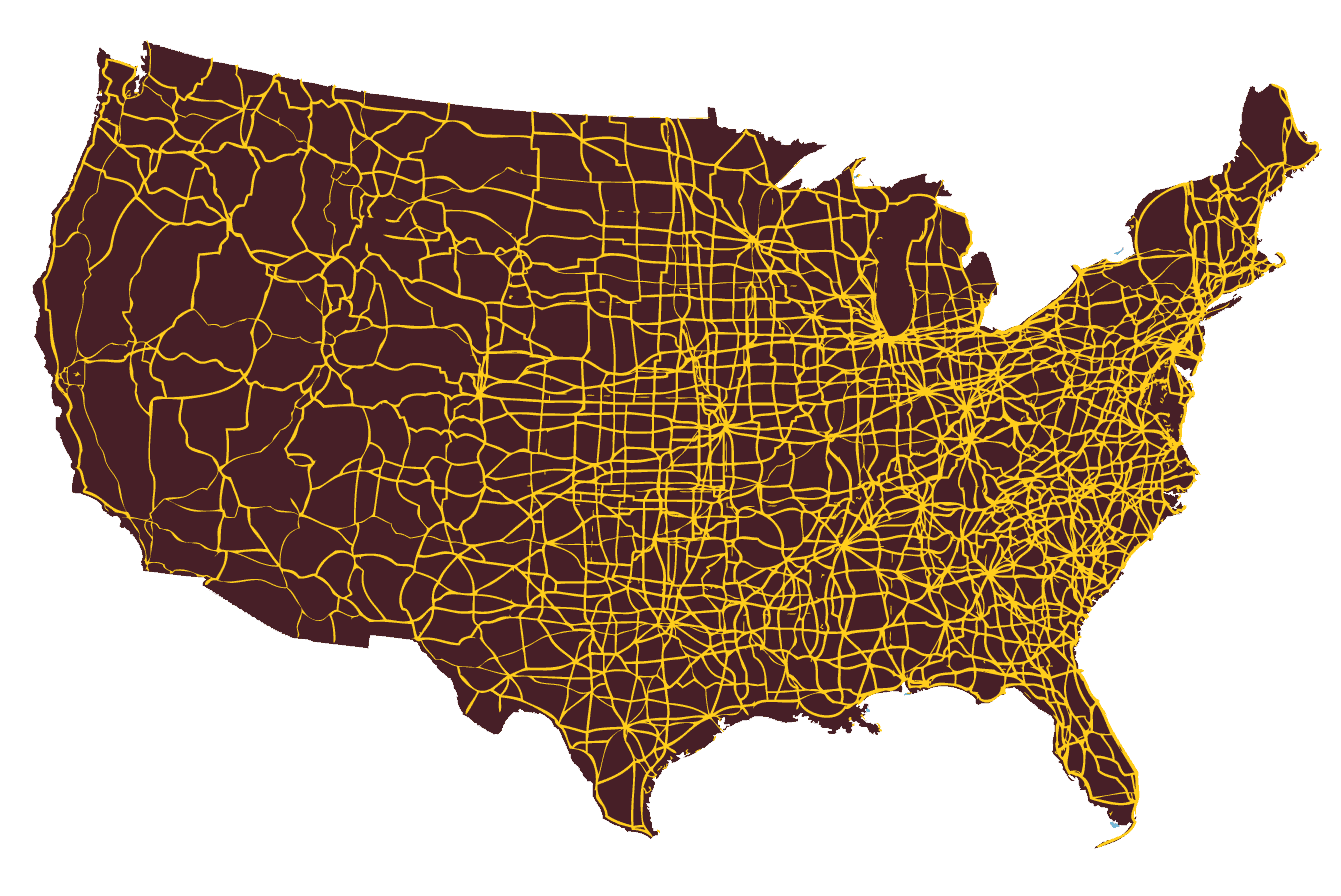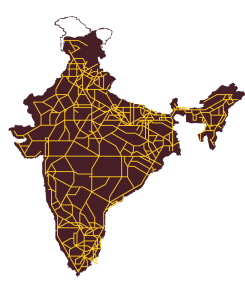We tend to think about long distance communication in terms of electronics — making a telephone call, writing an email, or chatting online. But the technologies that allow us to communicate across great distances are comparatively recent inventions. For most of human history, if you were at point A and wanted to talk to someone at point B, you would need to either go there or send a letter. Even before automobiles, roads served as crucial arteries of communication. Postal services may be declining in importance, but roads and highways still allow people and goods to move easily across countries, bringing with them new ideas, culture, or even a sense of national identity.
The following countries boast the world’s three longest road networks, including both paved and unpaved roads. Some of these roads, like India’s, have ancient origins, but most modern construction occurred in the mid-twentieth century, especially in America, where highways have been romanticized through the idea of the classic road trip. China is a late but impressive entrant to the field, having undertaken massive infrastructure expansion over the past decade.
1. USA, 6,506,204 km
2. China, 4,106,387 km
3. India, 3,320,410 km
Source: CIA World Factbook




